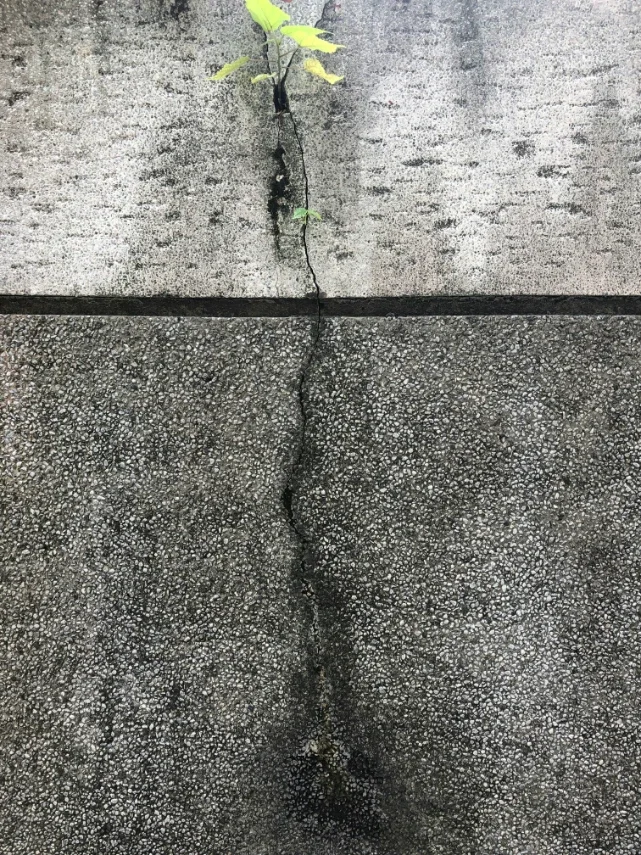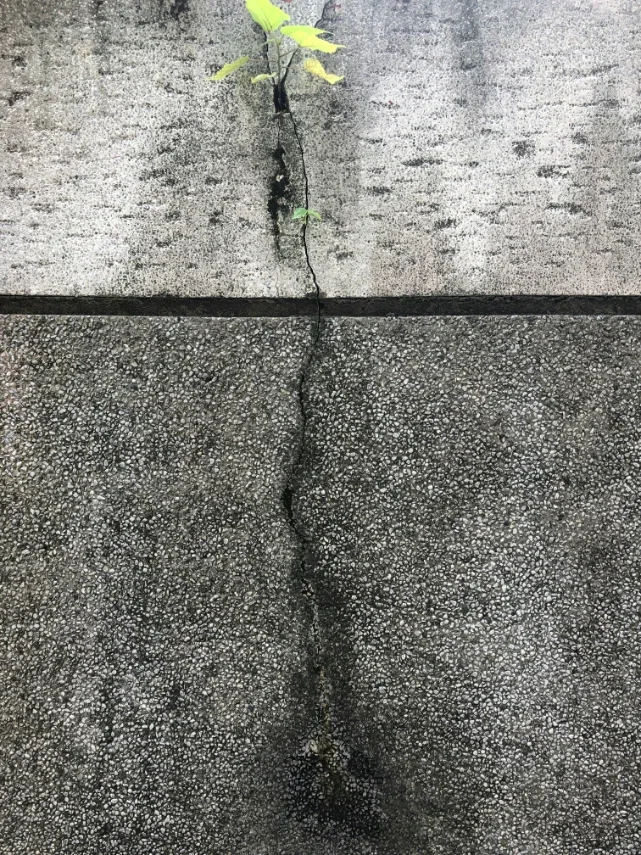From Cracks to Trip Hazards: Concrete Problems Atlanta Faces Most
Discover the most common concrete issues in Atlanta, from cracks to uneven surfaces, and learn how to fix them before they become hazards.
Atlanta's clay soil and fluctuating weather can wreak havoc on driveways, sidewalks, and patios. What starts as a hairline crack this spring might become a sunken slab by fall, and those uneven surfaces aren't just eyesores waiting to happen.
Small cracks may seem harmless but can turn into dangerous trip hazards or costly repairs if ignored. Understanding the region's unique soil challenges helps homeowners stay ahead of damage before minor issues spiral into expensive emergencies that could've been prevented with early action.
This guide explains the most common issues and how professional concrete leveling in Atlanta keeps surfaces safe and smooth. Knowing what causes problems and when to call experts protects both your property investment and anyone walking across your concrete surfaces every single day.
Why Atlanta's Soil and Weather Cause Concrete to Shift
Atlanta sits on expansive clay soil that swells when wet and shrinks during dry spells. This constant expansion and contraction creates underground movement that concrete can't handle. Slabs poured directly on grade have nothing anchoring them against these forces, so they heave, settle, and crack as the ground beneath them shifts seasonally.
Summer heat bakes moisture out of the soil, causing it to contract and pull away from concrete foundations. Winter rains saturate the same clay, making it expand and push upward against slabs. This cycle repeats year after year, and concrete that seemed perfectly level when installed gradually develops problems as the soil refuses to stay put.
Poor drainage makes everything worse. Water pooling around concrete accelerates soil movement and erodes material from beneath slabs, creating voids that let sections sink. Atlanta's humidity and frequent storms mean moisture issues stay active year-round, not just during extreme seasons. The combination of reactive soil and abundant water creates perfect conditions for concrete failure.
Cracks, Sinking Slabs, and Drainage Issues
Cracks start small but telegraph bigger problems happening underground. Hairline fractures widen as movement continues, eventually breaking slabs into separate sections that settle at different rates. What begins as barely noticeable damage becomes gaps large enough to catch shoe heels or bike tires, creating hazards where there weren't any before.
Sinking happens when soil washes out or compresses beneath concrete. You'll notice lips where one section sits higher than the adjacent slab, or entire areas that have dropped an inch or more. Driveways develop low spots that collect water, sidewalks tilt toward foundations instead of away, and patio slabs become unlevel enough to make furniture wobble annoyingly.
Drainage failures often cause and result from concrete problems. When slabs sink, they create new low points where water collects instead of running off. That standing water saturates soil and causes more settling in a vicious cycle. Cracks let water penetrate underneath, washing away soil and creating voids that lead to additional sinking and instability.
Trip Hazards: Liability and Safety Risks
Uneven concrete isn't just ugly, it's legitimately dangerous. Raised edges between slabs catch toes and send people sprawling, especially kids, elderly visitors, or anyone not watching their feet carefully. A quarter-inch height difference is enough to trip someone, and differences of an inch or more practically guarantee accidents waiting to happen.
Liability matters if someone gets hurt on your property. Homeowners can face lawsuits when guests trip and injure themselves on known hazards you didn't fix. Insurance might not cover injuries from conditions you were aware of but ignored, leaving you personally responsible for medical bills and legal costs that far exceed what leveling would've cost.
Beyond legal exposure, there's simple decency. Nobody wants their mom, their neighbor's kid, or the mail carrier to eat pavement on their driveway. Fixing trip hazards before someone gets hurt protects people you care about and strangers alike, and it saves you from the guilt and hassle that comes with preventable injuries on your property.
When to Call in Professional Leveling Services
DIY fixes might work for tiny cosmetic cracks, but any sinking, major cracking, or obvious unevenness needs professional attention. If you can feel height differences when walking across concrete or if water pools where it didn't before, it's time to call experts who can actually solve the problem instead of temporarily masking it.
Professional leveling uses polyurethane foam injection or mudjacking to fill voids and raise settled concrete back to its original height. These methods are faster, less invasive, and more affordable than replacement. Technicians drill small holes, pump material underneath, and lift slabs precisely without tearing out and repurposing existing concrete that's still structurally sound.
Timing matters. Addressing problems early prevents them from worsening and keeps repair costs reasonable. Waiting until damage is severe means larger voids to fill, more extensive cracking, and potentially needing full replacement instead of leveling. Annual inspections help catch issues before they become emergencies, especially after particularly wet or dry seasons that stress concrete the most.
Conclusion
Early detection and expert leveling protect property and safety from Atlanta's concrete-damaging conditions. Clay soil and weather create ongoing challenges that homeowners can't prevent but can manage with timely repairs. Professional services restore safety, eliminate liability risks, and extend the life of existing concrete without the cost and disruption of complete replacement.




